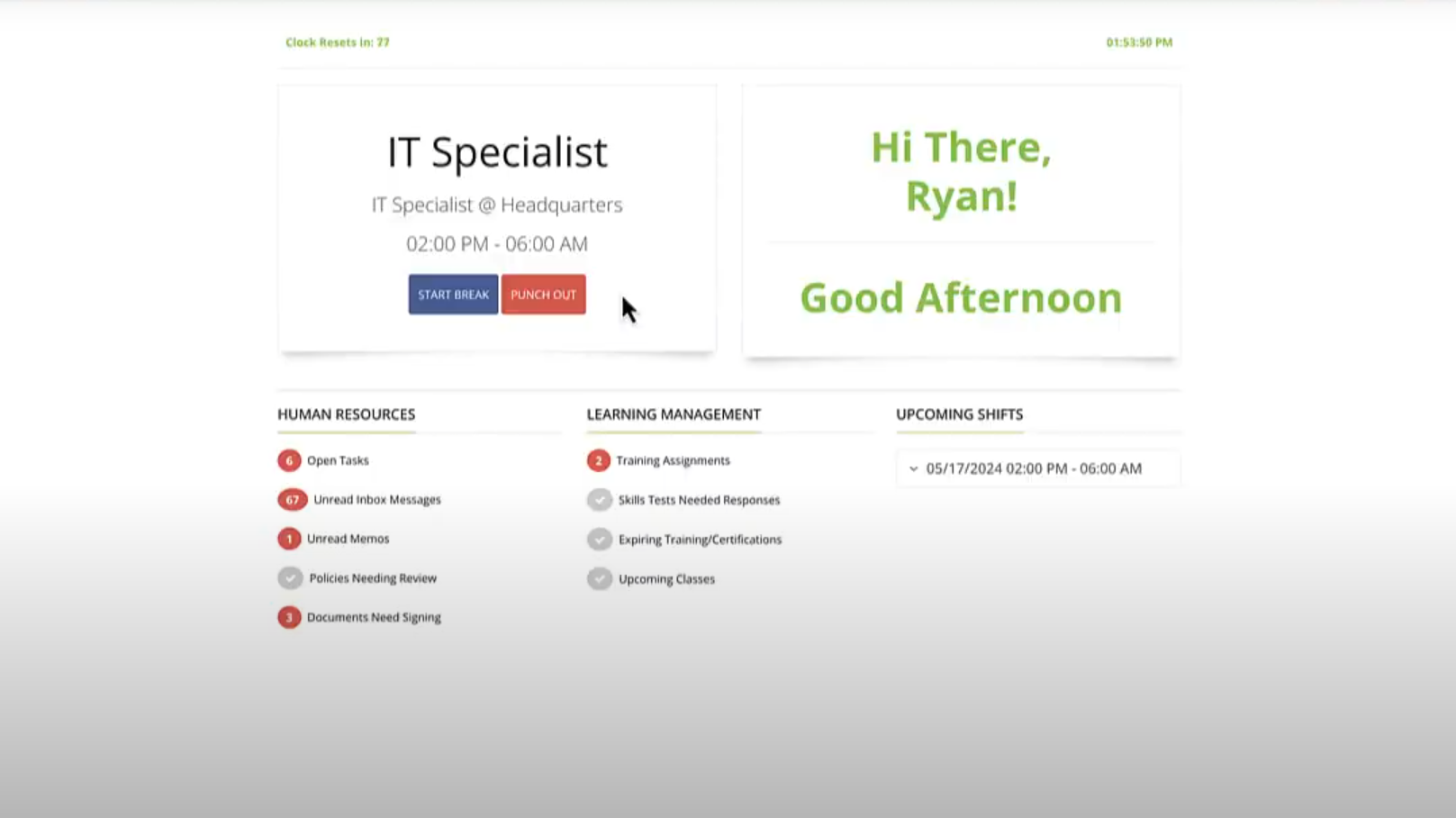A learning management system (LMS) is a software application for the administration, documentation, tracking, reporting and delivery of educational courses or training programs.
While this is the generic definition of the application – LMS’s can be categorized in a few different ways, and it is important to understand the differences when looking to purchase an LMS that is right for your organization.
A learning management system (LMS) is a software application for the administration, documentation, tracking, reporting and delivery of educational courses or training programs.
There are learning management systems that are strictly for user created content, which means that as an organization or institution, you are responsible to create content and courses that are relevant for your population of users. The LMS acts as the infrastructure to simply distribute content that has been created by yourself or your team.
Another type of LMS comes with provided content – a great example of a use case for this type of LMS is when you go outside your organization for training or even in-house, the training that takes place is particular to HR regulations or onboarding that is regulated by an industry and therefore the content that is provided is strictly regulated to ensure consistency across administration.
A hybrid of the two aforementioned systems, is a solution that both provides created content and courses, as well as allows for the opportunity for users to curate content that is application to their organization, industry, course, or population.
The two most popular LMS solutions are either a system that allows users to solely create their own content and host it within the system as a means to distribution or a system that comes with some sort of database of content that can be purchased with the added capabilities of producing one’s own content.
The recent uptick in use of LMS’s over the past 20 years is due to the systems’ unprecedented ability to allow organizations to develop coursework electronically, its far-reaching distribution capabilities, and the flexibility to manage its continued use overtime. Before the adoption and creation of LMS solutions, organizations and institutions, alike, required coursework to be delivered during work hours, on Saturday’s, on an employee’s own time, or a student needed to take up valuable classroom space. Now, with LMS use on the rise, organizations are able to create highly specific content for each position, or provide additional resources to students – who are then able to access this information on their own schedule. While courses can still be taken within a designated time frame – it no longer takes up valuable weekend time if the user would prefer to review the coursework during the week, or vice versa.
Additionally, the coursework provided or created within an LMS is able to be adapted as policies change, as positions change, as requirements are changed – this allows for a lot of control over managed coursework. Instead of updating textbooks, which can be costly, instead – swapping out resources to convey the most up-to-date procedures has become easier than ever before.
Traditionally, LMS solutions have been adopted by educational institutions since this is the most widely acceptable application for education. Learning management systems have paved the way for corporate entities and organizations to administer continuing education and development for their employees.




